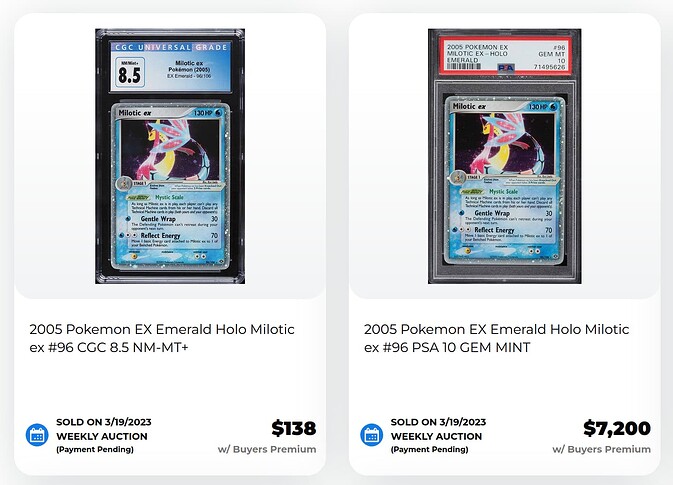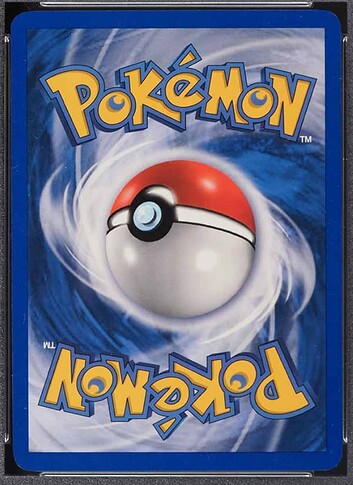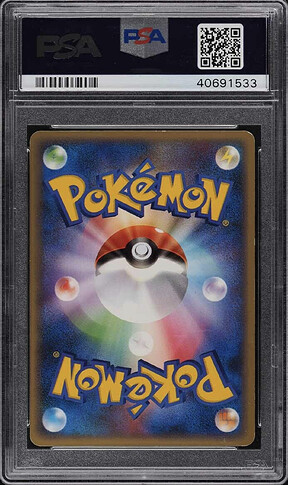I think an aspect of this is that people really want to believe.
The appeal of a perfect mint collectable seems pretty clear to me. If you’re in to something, the prospect of a flawless pristine specimen — the platonic example of your favorite thing — is going to have an allure for lots of collectors. Even if you have an example already, the idea of a perfect one — certified perfect — is an easy hill to climb on the “I wish I had that” spectrum.
Most people likely start collecting PSA 10s to satisfy this desire and it doesn’t take long to realize a PSA 10 is often not a perfect card. If you paid a huge premium for a PSA 10 thinking it will be a perfect specimen you’re doing to find it very demoralizing when you see how many PSA 10 are off-center or have visible damage. This is going to get you off of PSA 10s, but it’s not going to kill the allure of the concept.
People disillusioned with what PSA 10 means are going to be drawn to the promise of CGC Perfect or BGS Black Label. These ones are supposed to be different. They show the subgrades right on the label, this product is deliberate part of their brand. They’re hard to get and they’re supposed to be what a PSA 10 is not.
These products dangle in the hypothetical. Collectors cannot easily obtain them and review them like they can PSA 10s. Theoretically, that’s the perfect specimen you’re drawn to. That’s the exceptional quality you’re craving. If it’s really what they say it is, maybe it’s worth a premium. Who wouldn’t pay more for it?
Things come apart under scrutiny though.
What you’re buying is an idea. Maybe that idea is worth a premium, but it’s probably not worth a 10x-20x premium. Then there’s the likelihood the card in that slab isn’t the flawless fantasy you wanted it to be, shattering the whole illusion. So you start to think maybe it’s just never worth it.
And if the CGC Gold/BGS Black Label is pointless, PSA 10 is even more so. And if you can’t place any stock in the promise of premium condition, why collect graded cards at all? What are they promising you that you can’t get from a binder?
So now you’re a binder collector, and you’re much happier, and you’re pretty much over the prospect of graded cards except for meaningful exceptions. But something itches in the mind. If you’re only collecting graded cards in special situations, then that grade should be special too. It only makes sense to achieve as high a grade as possible. It’s just this one card, you think. If it’s not in the highest grade possible there’s no point. PSA 10 doesn’t do it for you, so that means…
Back throwing up in your mouth over the conditional premium for hypothetical cards that feel hollow when you hold them. Your life is pointless and you’ll never be happy.
This is a cautionary tale, a tragic play, a fable of whimsy and woe. This is the tale of Stagecoach.





